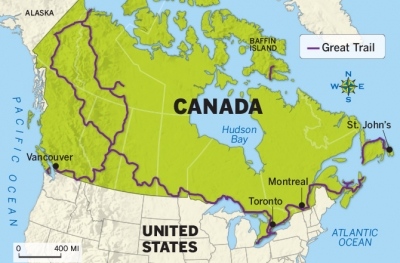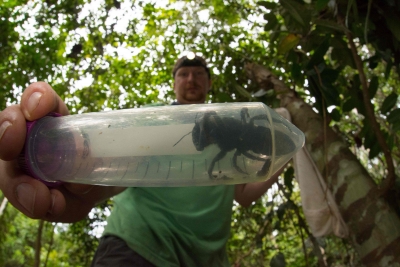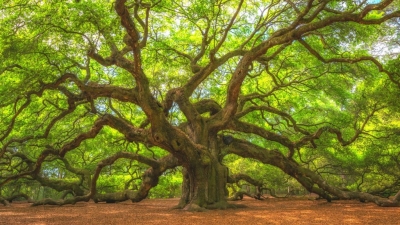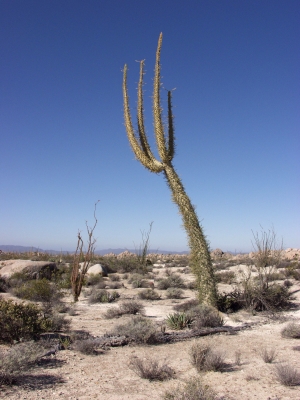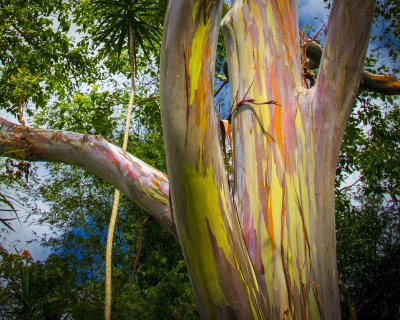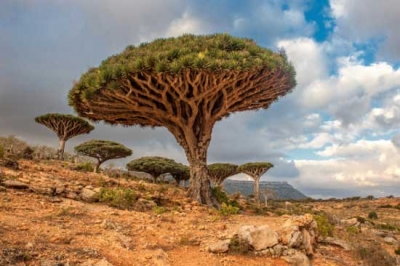Where are most meteorites found?
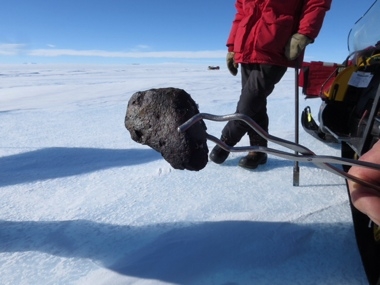
Researchers from Delft University of Technology in The Netherlands have used artificial intelligence to create a treasure map of zones in which to find meteorites hidden in Antarctic ice.
Sixty-two per cent of all meteorites recovered on Earth were found in Antarctica, making this cold continent a hotbed for space research. These meteorites provide a unique view into the origin and evolution of the solar system.
Meteorites have been accumulating in Antarctica for millennia, falling from space and becoming embedded in ice sheets within the continent's interior. As the glaciers slowly flow, the meteorites are carried with them. If a glacier comes up against a large obstacle, in areas like the Transantarctic Mountains, the ice rises and meteorites are brought to the surface. Dry Antarctic winds gradually erode the ice, exposing the meteorites. As more ice rises to the surface, the process repeats. Given enough time, a significant accumulation of meteorites builds up.
Researchers say that satellite observations of temperature, ice flow rate, surface cover and geometry are good predictors of the location of meteorite rich areas, and expect the "treasure map' to be 80 per cent accurate. Based on the study, scientists calculate that as many as 300,000 meteorites are out there on the Antarctic landscape.
Picture Credit : Google
